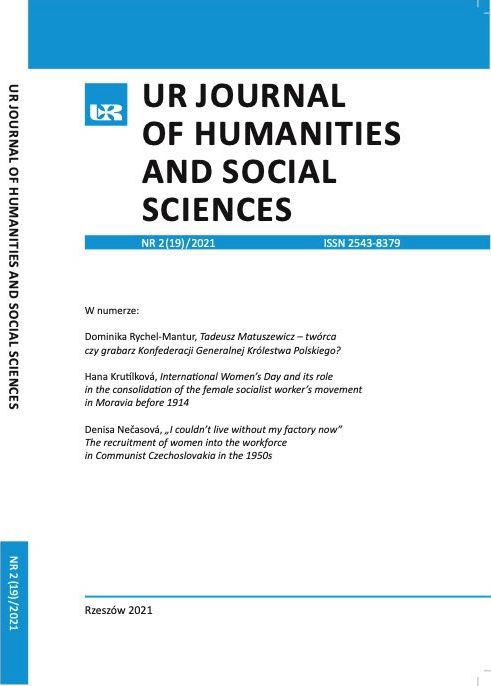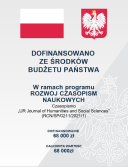‘120 kilometres of solitude.’ Marshal Józef Piłsudski’s Main Carpathian Trail in the Western Bieszczady Mountains
DOI:
https://doi.org/10.15584/johass.2021.2.6Keywords:
Main Carpathian Trail, Bieszczady Mountains, tourism, Polish Tatra Society, mountain trailAbstract
In the Interwar Period, the Western Bieszczady Mountains were not commonly viewed as attractive in terms of tourism. It was not until the 1930s that more attention was paid to this fragment of Western Carpathians. The change was materialized by the emergence of the Main Carpathian Trail, the last part of which was created in the above described region. The fragment of the red trail existed for only four years, which was time enough to arouse the interest of Polish mountain tourists in the area between Łupków Pass and Użok Pass. Since 1936, the coverage of the red trail in the Bieszczady Mountains was one of the requirements to obtain the Mountain Badge popularized by the Polish Tatra Society. Thanks to this organisation, new investments were made to facilitate touristic exploration of the terrain. However, till the very end of its existence, the fragment of the trail located in the Western Bieszczady Mountains was quite demanding for tourists since they had to cover the mountainous terrain which generally lacked adequate tourist facilities, especially proper accommodation. Tourists wishing to walk the trail needed to be well-equipped, skilled in the use of maps and able to plan their journey through 120 kilometres of wilderness. The lack of a good and widely available mountain guidebook largely hindered tourists’ plans. Therefore, a tourist hiking along the trail between 1935–1939 was largely dependent on few mountain hostels, shelters and even shepherd’s huts.Downloads
Download data is not yet available.
Downloads
Published
2021-06-30
How to Cite
Organ, M. (2021). ‘120 kilometres of solitude.’ Marshal Józef Piłsudski’s Main Carpathian Trail
in the Western Bieszczady Mountains. Journal of Humanities and Social Sciences, 19(2), 100–131. https://doi.org/10.15584/johass.2021.2.6
Issue
Section
Articles
License
Copyright (c) 2021 Wydawnictwo Uniwersytetu Rzeszowskiego

This work is licensed under a Creative Commons Attribution-NonCommercial 4.0 International License.



